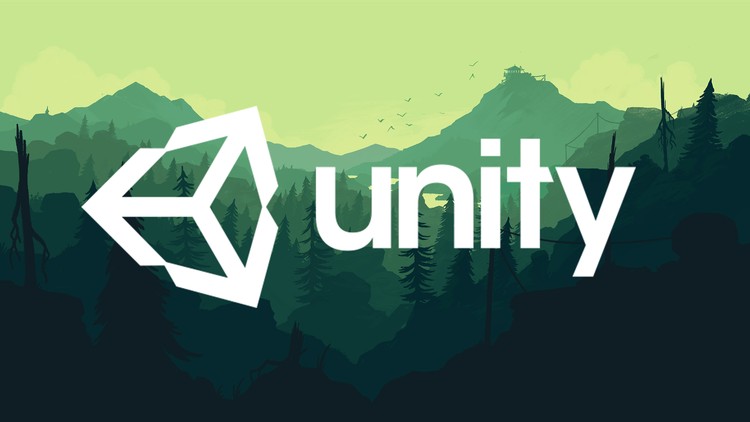I decided to critically evaluate the digital tool, TimelineJS and relate the tool to the values of the Digital Humanities community. TimelineJS is completely open to anyone with a Google account. Because a Google account is completely free beyond the user having to sacrifice some level of privacy when browsing on the website, this requirement for TimelineJS follows the Digital Humanities’ community value of openness.
Anyone can use the tool without any boundaries beyond having Google. TimelineJS. But, there is an exception to this requirement. If a user is concerned about their privacy and does not wish to have a google account with a google form publish to the public. They can use an iframe embed code with a JSON coding format. If the user knows how to code and can follow instructions on the website with the help of Javascript, creating a timeline should be feasible for them. This option for those concerned about privacy follows the DH tool evaluation from Miriam Posner.
Some features within this timeline tool include the ability to add media of any form such as videos, audio, links to social media, photography, or other digital tool embedded into the timeline. With the help of code, TimelineJS also allows users to boldface words, edit font, and change the overall appearance of the timeline. TimelineJS gives users the chance to break dates into eras with color coding. Users can also have multiple timelines at once to show differing data for different reasons needed by the user.
I think this digital tool can be used by a general audience with little knowledge of coding. The website offers a template to basically insert any information you have as well as multiple examples of frequently asked questions for anyone confused. The only bias I notice is how it assumes all users are English speaking and that users either know how to code or access google forms. Even with the template, some users may be confused even beyond the help page on the website.
Overall I think this digital tool clears as an effective and reliable tool to present research when being evaluated. Access to the tool is almost completely open to the public and free, even for those who wish to protect their privacy. The tool offers detailed help for the amateur user like myself and gives users options for how to edit appearance and presentation of materials. I plan to use this tool to present my research because it gives me the chance to place media within a timeline of facts and show the progression of the countries I am examining over time.
